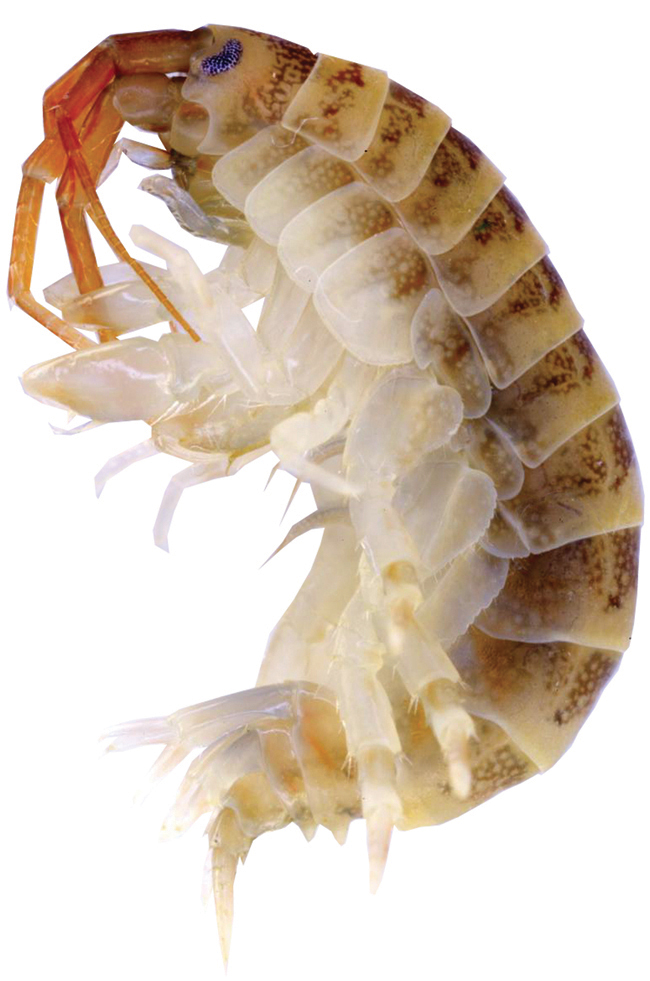Non-native species
Invasive non-native species pose a severe threat to the biodiversity of the Broads but we work with a range of partners to minimise that impact.

Plants and animals from all over the world have been introduced to British waters by people, usually accidentally. These are known as non-native or invasive species. Most are harmless but some have detrimental effects on our native wildlife.
Over fifty different invasive freshwater species have already been found in the UK's lakes, rivers and other waters, and the number of new arrivals is increasing rapidly.
Invasive non-native species cause serious environmental problems that can be irreversible, and interfere with the activities you enjoy by clogging propellers, damaging boats, blocking up waterways (making it hard to fish or use them for paddling), and increasing the risk of flooding.
There is a large list of different animal and plant species in the wider UK which are of concern, however in the Broads efforts have been targeted on a smaller number of culprits.
Some of the most concerning invasive plant species in our waterways and on our riverbanks are:
- Australian swamp stonecrop
- Floating pennywort
- Giant hogweed - a tall, umbelliferous plant with toxic sap
- Himalayan balsam
- Japanese knotweed
- Parrot's feather
Animals of concern include:
- The 'killer shrimp' (Dikerogammarus villosus) - prolific predator of native freshwater invertebrates
- American mink - predates on water voles and other native species
- Signal crayfish - outcompeting our native white-clawed crayfish
Once invasive species have been successfully identified, we work alongside landowners and organisations including the Wildlife Trusts, Environment Agency and Norfolk Non-native Species Initiative to take a partnership-led approach to humanely eradicating species where possible.
We do not recommend that you seek to dispatch of invasive animals yourself as it your identification may not be correct, and it is safer and more humane for trained professionals to advise you on how to respond. We do however fully welcome and appreciate support from the public with regards to sighting and recording of invasive species. Information on how you can help can be found below.
What you can do
There are a number of ways that you can help stop invasive species and prevent the destruction of our native biodiversity:
- We welcome the public's help in locating and identifying non-native species so that they can be recorded, monitored and eradicated. There are ID guides available online for our most prevalent invasive species and possible sightings should be urgently reported (with images if possible) to the Norfolk Non-native Species Initiative by emailing NNNSI@norfolk.gov.uk or using the iRecord app.
- Remember to check, clean and dry your equipment (such as boats, paddlecraft and clothing) after entering the water, to prevent transmission of invasive plants and wildlife.
- Never release your pets into the wild and refrain from planting rapidly-spreading, invasive species on your land (such as Himalayan Balsam or Japanese Knotweed).
- Display information regarding relevant non-native species on your land if it is accessed by the public.
- If you enjoy being outside you can volunteer with a Local Action Group working on invasive species management.
Useful links
More information and handy identification guides are available on the UK's non-native species website.

